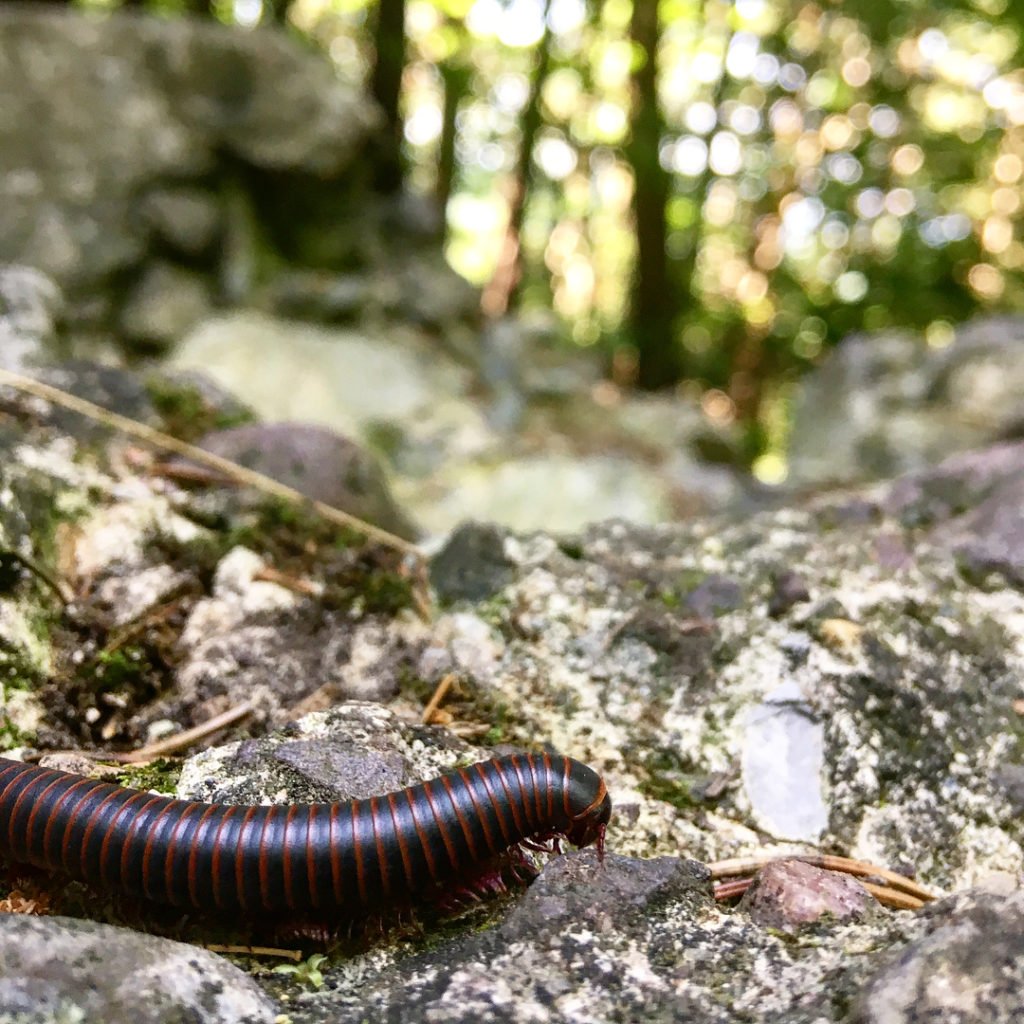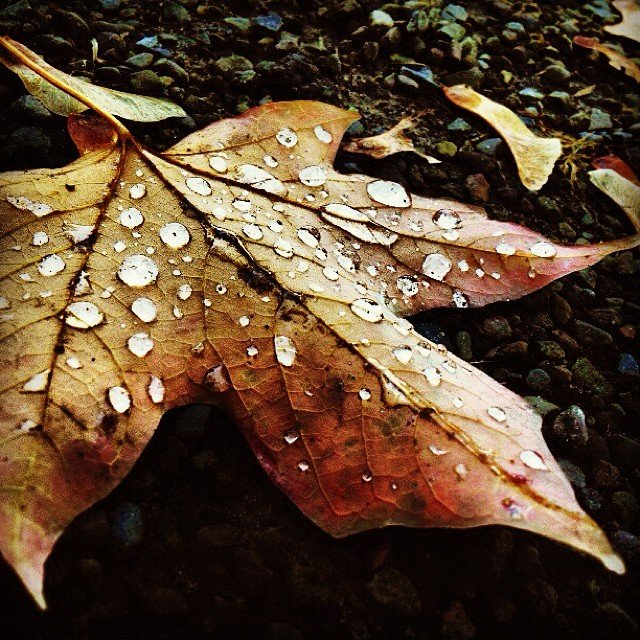
New England is fertile ground for any photographer, and I enjoy drawing from this environment. I’ve long had a love of taking pictures. There’s the heft of a camera, the frustrating magic of lens, light, and alchemy of movement—the frozen awkward smile, or the contemplative stare unknowingly observed and crystalized in time.
I took a photography course in high school and I’ll never forget the awe of first seeing Ansel Adams’s landscape photography. The expansive views, the richness. Until then, I didn’t know black and white photography could actually be that expressive.
Unlike Adams, I don’t do formal composition. I do a lot of work by my gut feeling. It’s fairly instinctual and sometimes whimsical.
I shoot in both color and black and white, I enjoy black and white when I have subjects of high contrast such as white sheep’s wool or puffy clouds. I use color for subjects close to the earth and where color is largely the subject itself. Black and white photography goes in and out of vogue, but I find it truly timeless—a lesson that many variations of color can exist in what people perceive to be restricting.

Shelburne Farm is a working farm in nearby Vermont that welcomes visitors, holds classes, and produces some of the state’s finest bread and cheese. I found this curious calf, Clarabelle, was just as apt to eat hay as the camera. Her warmth, in personality and coloring, was striking and seemed right shot in color.

One morning, a flock of sheep sedately grazed while we walked the grounds at Shelburne Farms. I was struck by their casual nonchalance, as if they, bored and peckish, only suffered us. However, one pert head kept watch—eying us with curious suspicion. The sky was wide and clear, the grass abundant and I felt, unlike Clarabelle, I needed to shoot in black and white to heighten the contrast.

On an unmercifully hot day, I wandered around Shelburne Farms, half dozing on my feet, and ambled to the resident pig shack. The piglets were in a heap, and I envied their relaxed nap in the shade as the light filtered in scant inches away. The utter laxness of their limbs, the whine of flies, and the brutal sun seemed ideal for a black and white study. When I find stark contrasts of light and shadow, reaching for black and white feels natural, as it creates more depth and weight for the eye.

In summer, when blueberry picking, it’s all too easy to be drawn to the vibrant, sweet fruit but also the equally fascinating, thriving ecosystem. While people were picking, plucking, and eating at Willow Hill Far, I paused to hear the thrum of the earth, the slow progress of a ravenous insect, both of us aimed at the succulent blueberries. Willow Hill Farm doesn’t use any pesticides or spray chemicals on their bushes, so one must battle birds, bees, and bugs alike. When I photograph close to the ground, I favor color—to remind myself and others that the surface we walk on and largely ignore is a vibrant field, a landmine of life exploding with action, color, and ecosystems.

New York’s Seward House Museum is the historic home of a prominent politician in Lincoln’s era. Though the museum restricts photo access inside, I lay on the dirt with my camera to shoot the moldering leaves, This image reminds me of William Seward’s tragedies—his life full of death of friends and relatives, and how one must carve out one’s own beauty in life. I favored color here to highlight the delicate, dying leaf. The closer to the ground, the more I grab for color because I want to picture beauty in its surprising, subtle shades.

Development and growth (or lack of) can be a particularly touchy topic in Vermont. I stopped one morning in the parking lot of an abandoned K-mart. This cart, so singular—seems a clarion cry to abandonment, need, and buy-one, get-one deals. The expanse of white seems endless, the cart with wheels trapped in snow and rigid—a middle finger to progress, yet representative of a certain type of progress. This is the tangle of small-town America, grow or die, or grow and die still. Color was an automatic rejection for this image. I needed the starkness that only black and white can give.

Lake Champlain generally freezes over during the winter. In Vermont, frozen lakes mean ice fishing, or meandering walks out on the ice—sometimes alarmingly creaking and shifting, as if Old Man Winter is popping his joints in displeasure, reminding you not to get too cocky this far from spring. Someone always has an accident on the frozen lakes and ponds. I generally only watch the melt, satisfied to capture the scene through my lens. Again, black and white felt most appropriate for this shot to accentuate the coldness and hazards of the scene with its colorless clouds and the frozen, dark lake.

The French King Bridge, spanning the towns of Gill and Erving Massachusetts, was clouded in fog. It was eerie, silent. In shooting the picture, I couldn’t help but shiver and feel the ominous pressure of mortality. Instead of full color, black and white underscored the moment’s mystery and its forbidding feeling. The mist looked like thick, cotton candy that could choke when rendered in black and white. I cut the blue sky in favor of a more ominous grey.

Share this post with your friends.

